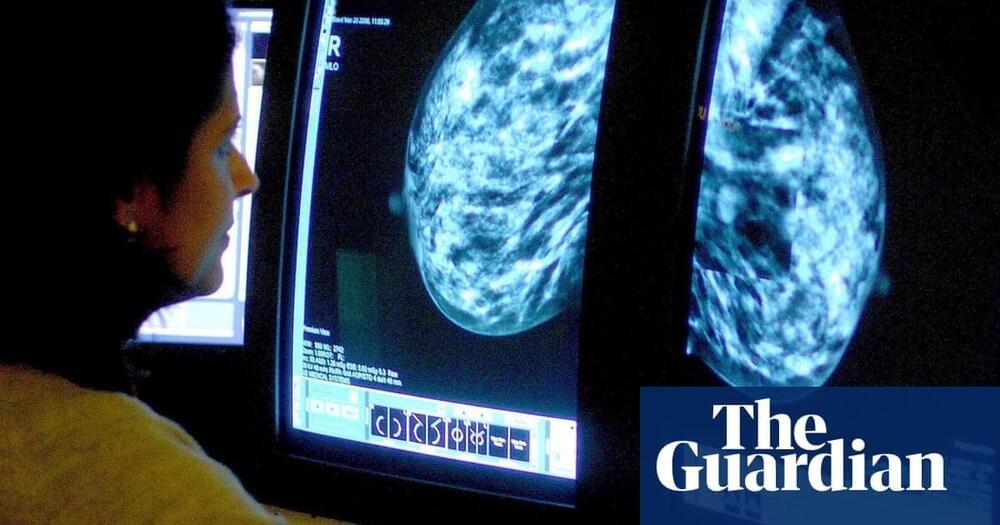Multiple Australian projects are on the cutting edge of neurotech breakthroughs and man-machine interfaces – raising questions of security and privacy for human minds.
Get the latest international news and world events from around the world.

The Trap of Delusions: Why Smart People Believe Stupid Things
What causes Delusion? The prevailing view is that people adopt false beliefs because they’re too stupid or ignorant to grasp the truth. But just as often, the opposite is true: many delusions prey not on dim minds but on bright ones. And this has serious implications for education, society, and you personally. In this video in collaboration with Gurwinder, we explore the reasons why intelligent people believe irrational things and what can be done to avoid the allure of delusion.
Mercedes-Benz Will Start Using Humanoid Robots to Help Build Cars
Yay face_with_colon_three
Mercedes-Benz is partnering with U.S.-based robotics firm Apptronik to explore ways that the latter’s humanoid robots can be used at its factories.
Video: Fast-learning Eve humanoids can now fold laundry autonomously
A month ago, we were impressed by these robots being able to pick things up, put them in the right spot, open doors and charge themselves. But new video released hours ago makes it clear that autonomous humanoid work is starting to accelerate like mad.
Norwegian robotics company 1X is OpenAI’s other bet in the humanoid game – the bigger recent headline being its investment in, and collaboration with American company Figure.
1X’s Eve robots don’t have legs; they roll around on wheeled platforms. They don’t have the extraordinary hands that companies like Sanctuary AI, Figure and Tesla are making, settling instead for stumpy-looking claw grippers. And they’re pretty underwhelming to look at, too – their smiley faces, frankly, look silly, and as we’ve noted before, they’re draped in little tracksuity arrangements that make them appear like they’re late for their luge race.



Surgical Management and Predictors of Postoperative Complications of Retrosternal Goiters: A Retrospective Study
Delve into insights from a captivating retrospective study on Surgical Management and Predictors of Postoperative Complications of Retrosternal Goiters!
Tap the link to know more 🔗
Background: The preferred standard treatment for retrosternal goiter (RSG), a slow-growing, often benign tumor, remains thyroidectomy. An alternative strategy may be required when the goiter is intrathoracic. Data on the results of RSG procedures are rarely reported. Careful patient selection and assessment are critical to avoiding an unexpected sternotomy during surgery and postoperative complications. This study aims to examine the clinical findings and treatment outcomes of RSG and to identify the variables affecting postoperative complications in a resource-limited setting.
Method: A retrospective study was conducted at Al-Thawra Modern General Hospital in Sana’a, Yemen, on 69 patients diagnosed with RSG and undergoing thyroidectomy between April 2019 and February 2023.

Philosophical Transactions of the Royal Society B: Biological Sciences: Vol 379, No 1901
The advent of CRISPR gene editing, along with nanopore genome sequencing and single-cell RNA sequencing, has allowed the study of host-microbe interactions with newfound accuracy and power. The studies taking advantage of these tools have provided insights with never-before seen precision and, excitingly, have revealed surprising findings on principles of host-microbe interactions. This special issue reviews and interprets host immunological and developmental interactions with the resident microbiome. The articles reflect on evolutionary principles guiding how hosts interact with their commensal microbiota and offer new techniques and directions for research that we hope will advance the field in the years to come.
This issue is available to buy in print. Visit our information for readers page for purchasing options.
Why Does Your ADHD Make Things So Hard?
We made Dr. K’s Guide to ADHD and Doing Stuff so you can focus on the things you actually want to. It is full of lectures, neuroscience, worksheets, meditation, and more. Check it out today: https://bit.ly/3qvHKBr.
▼ Timestamps ▼
────────────
0:00 — Reddit meme.
1:27 — Reddit Post — \